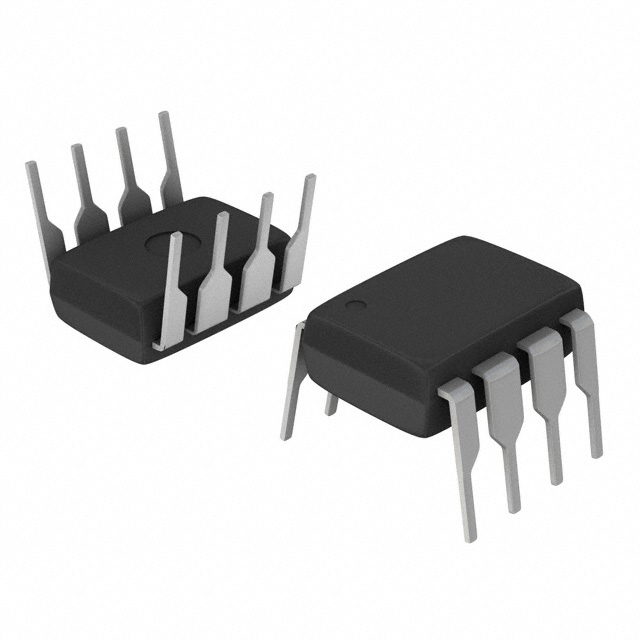DS1676: Features: Records the total time that the Event Input has been active and the number of events that have occurred. Volatile Elapsed Time Counter to monitor event durations with quarter second resolu...
floor Price/Ceiling Price
- Part Number:
- DS1676
- Supply Ability:
- 5000
Price Break
- Qty
- 1~5000
- Unit Price
- Negotiable
- Processing time
- 15 Days
SeekIC Buyer Protection PLUS - newly updated for 2013!
- Escrow Protection.
- Guaranteed refunds.
- Secure payments.
- Learn more >>
Month Sales
268 Transactions
Payment Methods
All payment methods are secure and covered by SeekIC Buyer Protection PLUS.

 DS1676 Data Sheet
DS1676 Data Sheet








